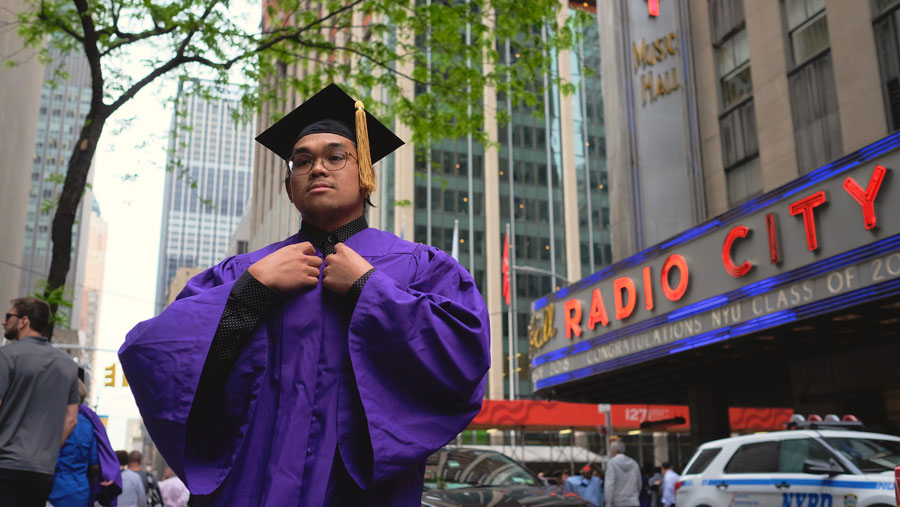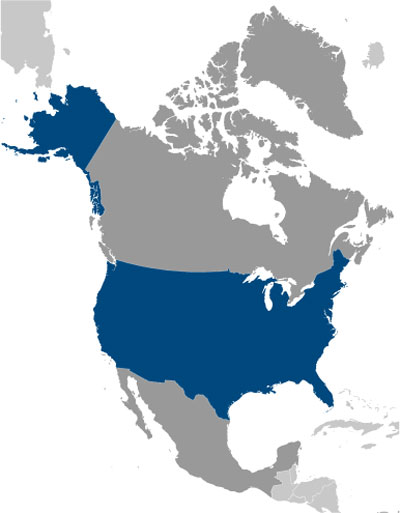
Five Quick Points About the U.S.
- World’s #1 destination for international students
- Third-largest country in world in terms of size and population
- Largest economy in world according to nominal GDP, and one of the most technologically advanced
- Some of the highest-quality educational institutions in the world, many with cutting-edge technological resources
- Huge range of educational options: some are broadly focused, some are employment-focused, some are niche (e.g., arts, social sciences, technical)
Location and Geography

The United States of America (also referred to as the United States, the U.S., the USA, or America) borders Canada to the north, Mexico to the south, the North Atlantic Ocean to the east, and the North Pacific Ocean to the west. At roughly 9.8 million square kilometres, the U.S. is the world’s third-largest country in size and population and one of the most ethnically diverse and multicultural nations.
The U.S. consists of 50 states (48 continentals plus Alaska and Hawaii), a federal district, Washington D.C., and small territories in the Pacific and Caribbean. The capital city is Washington, D.C.
Economy of USA
The U.S. is the largest economy in the world (with China tying or even exceeding it on some measures), and one of the most technologically advanced. The gross domestic product (GDP) in 2021 was roughly $23 trillion USD. American firms are at or near the forefront of technological advances, especially with regard to computers and in medical, aerospace, and military equipment. The currency is the U.S. Dollar.
Living Conditions and Cost of Living
Living conditions and cost of living in the U.S. vary greatly depending on location and lifestyle, but in an overall sense, they are similar to what they are in other affluent nations. Consumer goods are certainly easy to find, and basic needs such as food and household items are affordable to almost all people who live in the U.S. The average monthly cost of living for an adult living in the US is $3,100 (not including tuition fees). As in most nations, the cost of living is higher in big cities than in smaller towns; accommodation can be expensive in the cities.
Education System
The American higher education system is administratively managed at three levels: primary (generally ages 5–11 or 5–12), secondary (generally ages 12–18), and post-secondary or tertiary (generally ages 18 and up). Students are required to remain in school until the age of 16. Close to 9 in 10 Americans receive a secondary school leaving certificate and nearly 1 in 3 achieve a bachelor’s degree or higher.
Information Specific to International Students
The U.S. has the world’s largest population of international students: there are now more than one million foreign students enrolled in US higher education institutions.
Visitors – including foreign students – must meet stringent criteria to obtain a visa prior to entering the country, including documenting financial capabilities to support the programme of study and demonstrating compelling ties to the home country.
Some international students are eligible to work part time while studying and there are work programmes attached to different kinds of visa that allow international students to gain practical work experience as part of their study programme.
